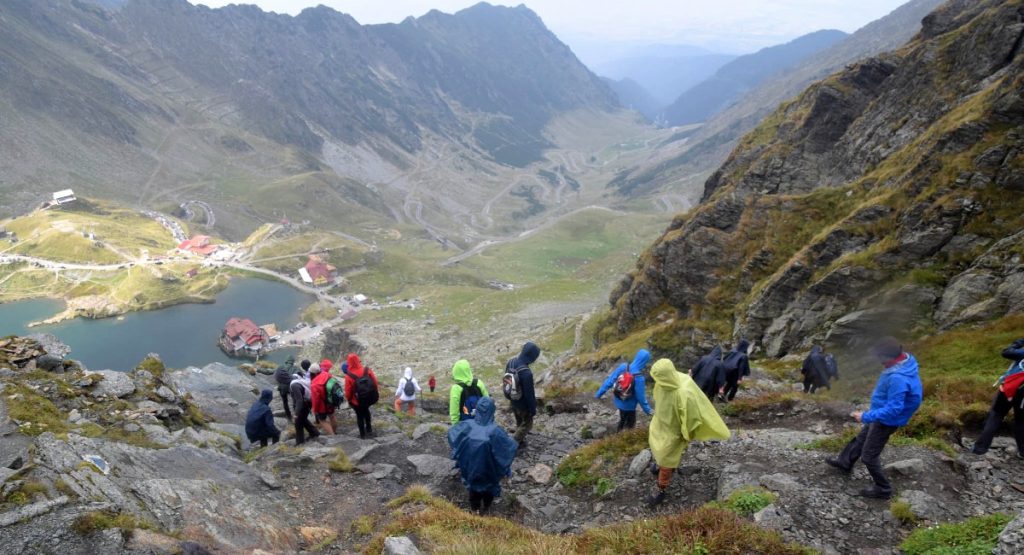GEOGRAPHY and TOURISM (I) – The relief as a support and touristic objective

When we are talking about “ the landscape form” we are appertaining to the natural base, comprised of subsidence from the earth’s surface ( lithosphere). Either if we are talking about major forms ( mountains,plateaus, hills, plain), either if we are mentioning the medium and small ones ( caves, valleys craters, shorelines etc)- we are grasping that any other form of tourism is based on this extremely varied fabric.
Mountains, beyond their natural majesty, have attracted the first forms of tourism and still continue to be among the first areas of interest. Their height inspire respect, their aspect creates charm and their details are points of irresistible attraction. The plateaus and hills are scenic through their labyrinth of colorful valleys , isolated depressions or mild crests covered by vegetation or offering beautiful landscapes. The plains, although unappealing through their surface forms, often follow us when we are heading with pathos towards a remarkable urban center.

The geography studies in detail these land forms , explaining their constituency , describing their morphology , spreading awareness for the contigent risks of the human activities and revealing on detailed maps their distribution( through denominations and specific categories) . Starting from these studies , the touristic domain has a major advantage whilst the visiting opportunities and touristic use emerge from the details offered by the geographers.
It would be too difficult for us to imagine the magnitude , exploration, recreational , treatment or winter sports tourism without any landscape forms such as :
- Glaciers , with U shaped valleys, sharp crests, glaciar deposits with lakes etc. located at high elevations and stressing the physical resistance of the tourists but in return offering unrivalled landscapes;
- Volcanic , with often smokey craters , somptuos cones, moon-like plateaus or beneficial thermal/mineral springs , showing in places the turbulence from inside the planet;
- Carstic , with mysterious caves, narrow gorges, perilous ravines , lacy limestone pavements and many other wonders created by the water in the limestone mountain;
- Scenic gorges carved out by the rivers, very varied in appearance depending on the type of rock the flowing water had to fight against : monumental passes carved in hard rocks , deep canyons situated in the successions of sedimentary rocks, gorges with vertical walls in limestone, the typical mountain valleys , with fast streams sought after by adrenaline sport enthusiasts or dreamy waterfalls;
- The erosion forms noticed on the conglomerates, reflecting the power and “imagination” of wind and rain : mushrooms (“ old ladies” ) , sphinxes , needles, towers, arcades etc, these often being the marker points for many treks on the mountain paths;
- The so austere deserts can also offer forms of appeal – the dunes, hammada, wadis or oasis being always sought after by the touristic caravans traversing the tropical wastes.
Of course , the landscape forms palette is much more varied, with each area on the Globe having its own identity from this point of view.
Dedicated touristic trails , cabins, resorts, regulated courses of the means of transport, stable workplaces etc. – they all exist in many spots only due to the landscape forms created by natural factors ( rivers, glaciers, rains, winds, tectonic etc.) which were then skillfully exploited by the man.

Article translated by Albert Reich

